Food security can be defined with many definitions but the core concept is same. It can be defined as “Secure, adequate and suitable supply of food for everyone.” While United Nations Food Summit 1996 defined it as, Food security exists when all people, at all times have physical or economic access to sufficient, safe and nutritious food to meet their dietary needs and food preferences for an active and healthy life. Food security exists only when there is balance on all the four pillars of it. Food availability, food accessibility situation, food utilization/distribution and stability are considered as the four pillars of food security. Food availability is the first and utmost pillar of food security. If food is not available sufficiently, we cannot think about securing our food. Even the rich people having enough money may not be able to access the sufficient amount of food. Food accessibility means ability of households to acquire enough food to meet minimum consumption needs of its members. Only when food is available or produced in sufficient quantity doesn’t mean that it is accessible to all people. It depends upon sale of surplus food, income from off-farm activities, market prices, social barriers, physical barriers etc. When food is sufficiently available and accessible it must be properly utilized or distributed. Food utilization can also be called as intra household food security. When all those three pillars are met there should be stability or sustainability.
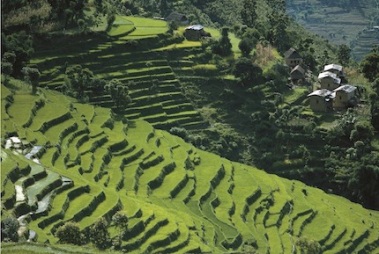
Food availability and accessibility are directly linked with the agricultural production. Higher the agricultural production, higher will be the availability of food. But only higher agricultural production doesn’t lead to food security. Sustainability is very much important in every sector. For example, Green revolution increased the agricultural production but created many of the negative impacts on the human health and environment. Use of high doses of pesticides and other chemicals has created many problems. Agriculture should be sustainable, i.e. it should minimize the negative effect on the environment. Sustainable agriculture should enhance the natural processes and ecosystems. With considering other factors it should also be economically viable.
Agriculture in mountain areas is different than other valleys and planes. Altitude, topography, soil and climatic factors of mountain areas is different. There are many more problems to be faced by the mountain farmers. The harsh climate and the difficult often inaccessible terrain combined with political and social marginality makes the mountain people more vulnerable to food insecurity as compared to other people of plains. In addition, the loss of biodiversity, indigenous knowledge about local food and traditional farming practices is increasing the vulnerability of mountain people. Hence it is very important to focus on approaches that ensure the availability of adequate and nutritious food for mountain people to lead healthy and active lives.
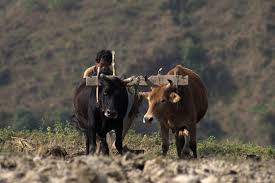
Highlands and mountains are rich in resources but their richness should be identified. Proper researches should be done to identify the possibilities in those areas. For example, proper crop varieties should be developed or identified. Pocket areas for specific crops should be identified and that should be fully utilized. One of the most important problem i.e. loss of biodiversity should be taken seriously. Biodiversity play great role for the food security. When more genotypes are present there is more chance for the further improvement of a variety and also more choice on food is available. Traditional knowledge on use of different medicinal and other plants should be conserved because they are the base for the scientific advancements. Traditional knowledge on different farming practices should also be explored. Mountains are very rich in different medicinal plants but only richness will not enhance the livelihood of mountain people. Proper research, conservation and utilization of those high value medicinal plants is necessary. The adoption of suitable agro forestry technique like SALT is important in mountain areas due to fragile and sloppy land. This technique will help to reduce the soil erosion of those areas. Peoples in mountain areas are more interested in animal husbandry than horticultural and cereal crops due to sloppy, less fertile and fragile lands. The carrying capacity of our grazing lands is very low and should be increased by seeding, fertilizer application, protection of overgrazed areas, by mixing legume and grasses etc.
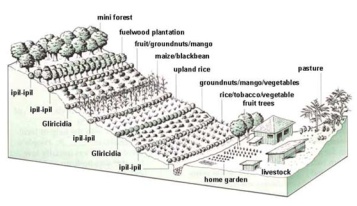
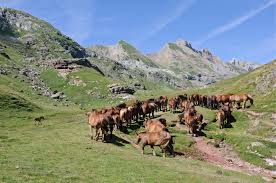
The livelihood of mountain people can also be enhanced by utilizing other opportunities too. Tourists’ attraction is more in mountain areas which can play significant role in increasing the living standard of mountain people if good management can be done. There are enormous possibilities of micro hydro in mountain areas due to the presence of ever flowing streams. Hence, we can say that, those rich resources having enormous possibilities, of highlands and mountains should be effectively utilized, which will certainly lead towards food security.

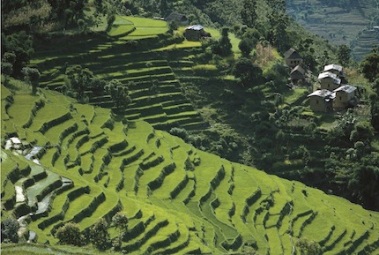
Reblogged this on Encouraging Efforts.